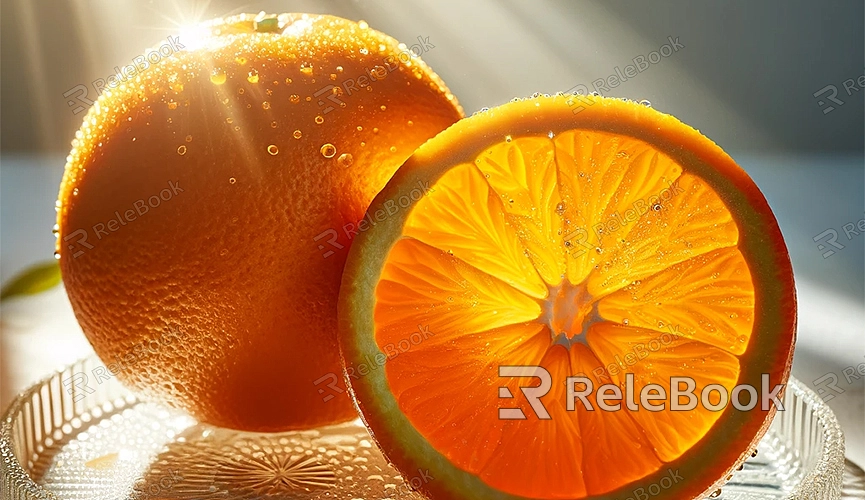Blender how to do orange peel texture
In 3D modeling and rendering, attention to detail in textures is crucial. Orange peel texture is a common surface effect widely used in various materials such as paint, leather, and plastic surfaces. This article will introduce how to create an orange peel texture in Blender, helping you enhance the realism and visual appeal of your work.
Step One: Preparation
1. Open Blender:
Make sure you have Blender installed and open the program. Create a new project or open an existing one.
2. Add Base Model:
Select a base model such as a cube, sphere, or the specific model you want to add the orange peel texture to. You can press Shift + A in the viewport, choose Mesh, then select the desired basic shape.

Step Two: Create Orange Peel Texture
1. Switch to Material Editing Mode:
In the right-side properties panel, find the material option, click the "New" button to create a new material for your model.
2. Open Node Editor:
Switch to the shading workspace at the bottom of the workspace and open the node editor. You'll see the default Principled BSDF node connected to the Material Output node.
3. Add Noise Texture Node:
Press Shift + A, choose Texture > Noise Texture to add a noise texture node. Connect the color output of the noise texture node to the roughness input of the Principled BSDF node.
4. Adjust Noise Texture:
Adjust the parameters of the noise texture node as needed:
Scale: Control the size of the noise. Smaller values make larger noise, while larger values make finer noise.
Detail: Increase detail to make the texture more complex.
Roughness: Adjust the roughness of the noise.
You can see the effect in real-time in the 3D viewport and adjust until satisfied.
5. Add Bump Node:
To add depth to the orange peel texture, press Shift + A, choose Vector > Bump to add a bump node. Connect the color output of the noise texture node to the height input of the bump node and connect the normal output of the bump node to the normal input of the Principled BSDF node.
6. Adjust Bump Node:
Adjust the Strength and Distance parameters of the bump node to control the depth and intensity of the orange peel texture. It's recommended to start with smaller values and gradually increase while observing the changes.
Step Three: Detail Optimization
1. Add Color:
If you want the orange peel texture to have color variations, you can add a color ramp node between the noise texture node and the Principled BSDF node. Press Shift + A, choose Converter > Color Ramp, connect the color output of the noise texture node to the Fac input of the Color Ramp node, then connect the Color Ramp node's Color output to the Base Color input of the Principled BSDF node.
2. Adjust Color Ramp:
In the Color Ramp node, add and adjust color stops to achieve the desired color effect. This can add more depth to your orange peel texture.
3. Real-Time Preview:
Switch to the render view, and preview your orange peel texture in real-time. You can further adjust the parameters of the noise texture, bump node, and color ramp until you achieve the desired effect.
Step Four: Rendering Output
1. Set Rendering Parameters:
In the top menu bar, choose Render Properties to set rendering parameters. It's recommended to use the Cycles renderer for higher rendering quality.
2. Adjust Lighting:
Ensure proper lighting setup in the scene to showcase the orange peel texture effect better. You can add and adjust point lights, directional lights, or HDRI maps to achieve the desired lighting effect.
3. Render Image:
Once rendering parameters and lighting are set, press F12 to start rendering. After rendering is complete, you can view and save the rendered result in the image editor.
By following these steps, you can successfully create an orange peel texture in Blender. The key is to adjust the parameters of the noise texture and bump nodes to achieve a natural orange peel effect. If you need high-quality 3D textures, HDRI, or 3D model downloads for creating models and virtual scenes, you can download them from Relebook and directly import textures and 3D models into your project.

